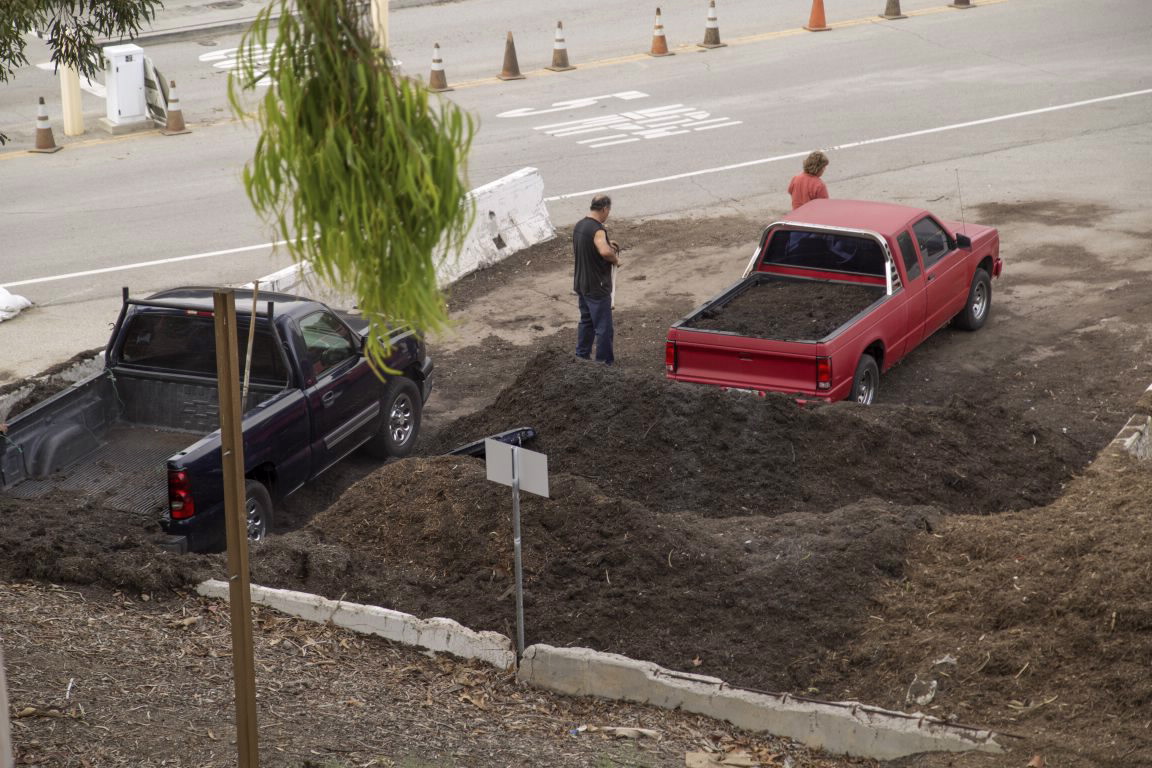
Southern California, known for its mild climate, is a haven for gardeners. However, understanding cold hardiness zones is crucial to ensure the success of your plants. In this article, we’ll explore the cold hardiness zones in Southern California, providing valuable insights for gardeners.
What are Cold Hardiness Zones?
Cold hardiness zones, developed by the USDA, categorize regions based on average annual extreme minimum temperatures. This helps gardeners determine which plants can thrive in their area.
Southern California’s Cold Hardiness Zones
Southern California spans multiple cold hardiness zones, ranging from:
- Zone 9b: Coastal areas, such as San Diego and Los Angeles, with average minimum temperatures between 25°F (-4°C) and 30°F (-1°C).
- Zone 10a: Inland regions, including parts of Riverside and San Bernardino counties, with average minimum temperatures between 30°F (-1°C) and 35°F (2°C).
- Zone 10b: Desert areas, such as Palm Springs, with average minimum temperatures above 35°F (2°C).
Impact on Plant Selection
Understanding your zone is vital when choosing plants. Some plants may not tolerate frost, while others require colder temperatures to thrive.
- Tropical plants (e.g., citrus, avocado): Thrive in zones 10a and 10b.
- Subtropical plants (e.g., succulents, cacti): Suitable for zones 9b and 10a.
- Temperate plants (e.g., roses, tomatoes): Perform well in zone 9b.
Tips for Gardening in Southern California’s Cold Hardiness Zones
- Choose zone-compatible plants: Select plants adapted to your zone’s temperature range.
- Protect sensitive plants: Use frost blankets or bring plants indoors during cold snaps.
- Plant at the right time: Avoid planting in extreme temperatures.
- Provide microclimates: Create sheltered areas to protect plants from harsh conditions.
Conclusion
Southern California’s diverse cold hardiness zones require careful consideration when gardening. By understanding your zone and selecting suitable plants, you’ll ensure a thriving garden.
Check out your cold hardiness zone using your zip code: USDA Plant Hardiness Zone Map
FAQs
Q: What is the coldest temperature my plants can tolerate?
A: Check the plant’s specific hardiness zone and temperature tolerance.
Q: Can I grow tropical plants in zone 9b?
A: Yes, but provide protection during cold snaps.
Q: How can I protect my plants from frost?
A: Use frost blankets, bring plants indoors, or create microclimates.
Stay informed, and happy gardening in Southern California!



